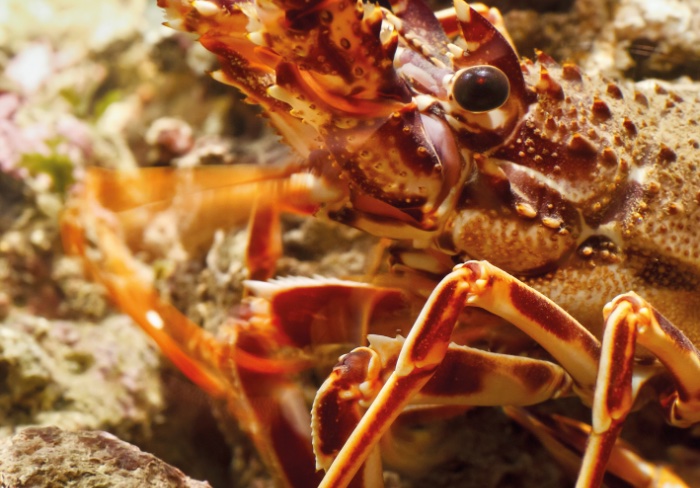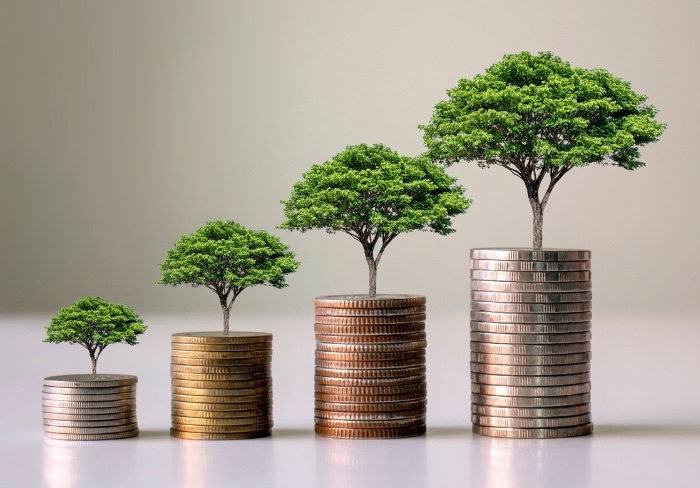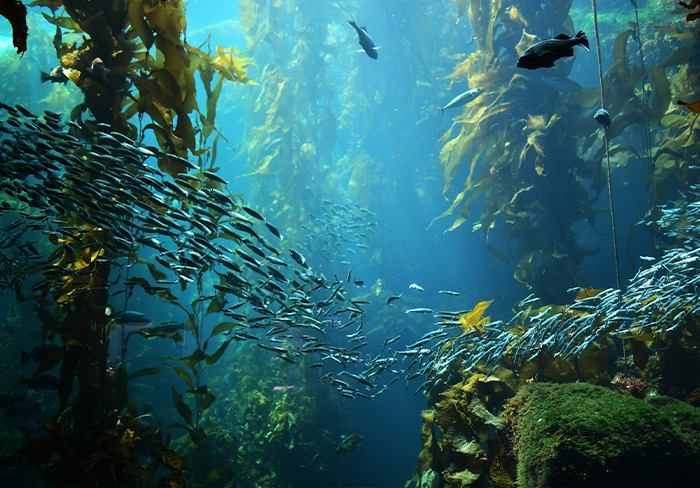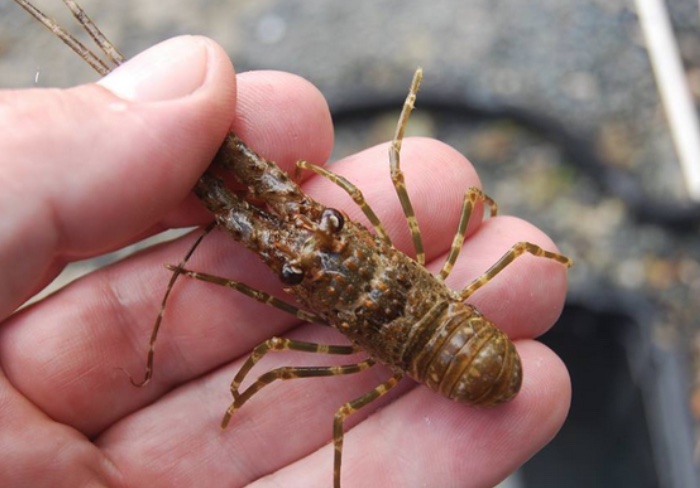
Aquaculture has been around for 3,000 years, and for 2,950 of those, it has been a low-tech industry.
But all that has changed. Now we have innovation and better brood stock, meaning we can breed a better species.
When you combine that with the new technology and AI to monitor stock, we have taken a low-tech industry and made it profitable through good biology and good technology.
All of these advances, and the subsequent boom in aquaculture production, are a result of marine biotechnology.
What Is Marine Biotechnology?
Marine biotechnology harnesses the potential of the marine environment using biotechnology. It is a fast-growing industry. It is predicted that marine biotechnology revenue in Europe could reach $1 billion by 2028, assuming we maintain the 6–8% market growth.
Marine Biotechnology Applications
Marine biotechnology is an amazing branch of science with so many applications, including biofuels and pharmaceutical drugs, and seafood safety alongside advancements in aquaculture.
Take fish nutrition, for example. Plant-based protein feed is a great cheap and sustainable option, but many carnivorous fish have a reduced ability to use up carbohydrates, making this type of feed ineffective. But genetic engineering was able to address this concern by increasing the carbohydrate metabolism abilities of certain fish.
This is just one of thousands of examples how marine biotechnology has made aquaculture cheaper, more effective, more reliable, and more sustainable.
Marine Bio Technology vs Traditional Aquaculture
Many people see marine biotechnology and aquaculture as being two separate ideas, but they actually work hand in hand. The new technologies haven’t eliminated traditional jobs, instead they’ve added to the industry by opening up jobs to new generations and introducing more skilled jobs in rural areas.
Traditional aquaculture was simply digging a pond, throwing some fish and food in, and hoping to harvest enough to make it commercially viable. Or it was building a cage in the ocean and putting fish and food in. In summary, it was low tech.
But now we have applied marine biotech principles, while maintaining many traditional methods, to form modern aquaculture.
Instead of selecting stock based on availability, we selectively produce our brood stock by watching and monitoring the growth of the species, finding the super growers, and then producing the perfect juveniles.
As the juveniles grow, we use technology to monitor the water oxygen levels. We also use AI to identify diseases and problems much faster than you can by eye.
And so it is a combination of these small improvements that we ensure better animal husbandry, higher food conversion rates and therefore lower carbon footprints.
The future of aquaculture is a traditional aquaculture approach that is shaped by sophisticated bio methods to ensure you have the best and most disease resistant strain of a species without genetically modifying it.

 Giles Cadman
Giles Cadman 

